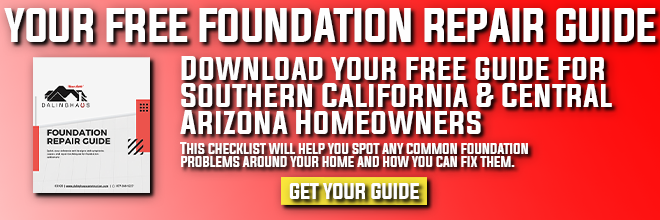What Are Clay Soils?
There are only three types of soil particles that geologists consider distinct. The quality of soil depends on the amount of sand, loam, and clay that it contains. Soils with differing amounts of these particles often have very different characteristics. Soil with a large amount of clay is sometimes hard to work with, due to some of the clay’s characteristics.
Clay has the smallest particle size of any soil type, with individual particles being so small that they can only be viewed by an electron microscope. This allows a large quantity of clay particles to exist in a relatively small space, without the gaps that would normally be present between larger soil particles. This feature plays a large part in clay’s smooth texture.
Because of the small particle size of clay soils, the structure of clay-heavy soil tends to be very dense. The particles typically bond together, creating a mass of clay that can be hard for plant roots to penetrate. This density is responsible for clay-heavy soil being thicker and heavier than other soil types, and clay soil takes longer to warm up after periods of cold weather. This density also makes clay soils more resistant to erosion than sand or loam-based soils.
Check out our post: Is clay soil present in coastal cities?
One of the problems with clay soil is its slow permeability, resulting in a very large water-holding capacity. Because the soil particles are small and close together, it takes water much longer to move through clay soil than it does with other soil types. Clay particles then absorb this water, expanding as they do so and further slowing the flow of water through the soil. This not only prevents water from penetrating deep into the soil but can also damage plant roots as the soil particles expand.
Learn more about: What Are Fill Soils?
Download The Foundation Repair Guide For Homeowners Today






